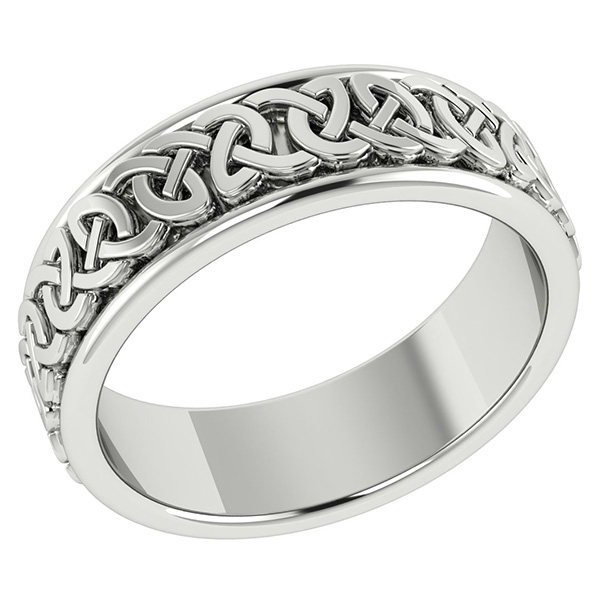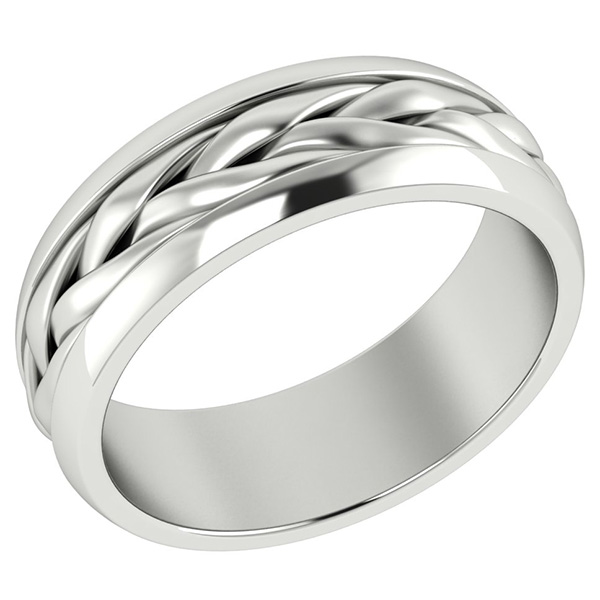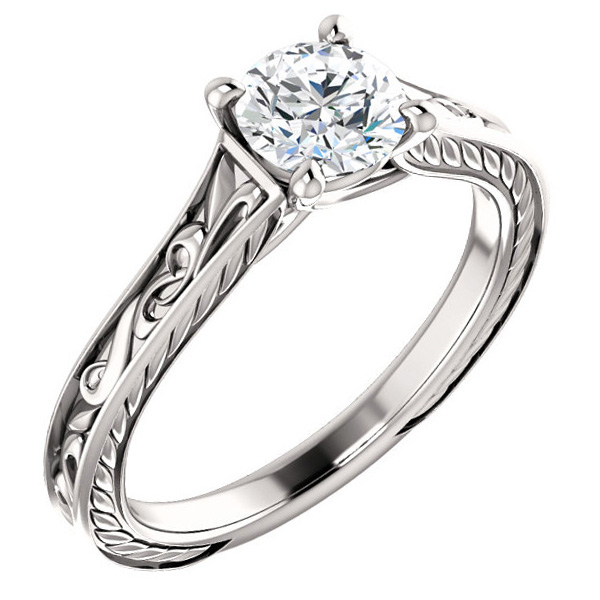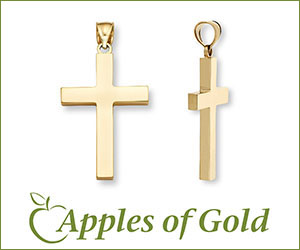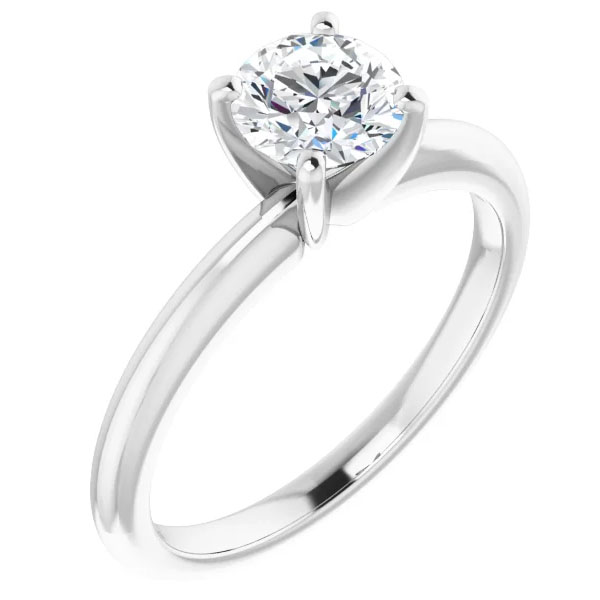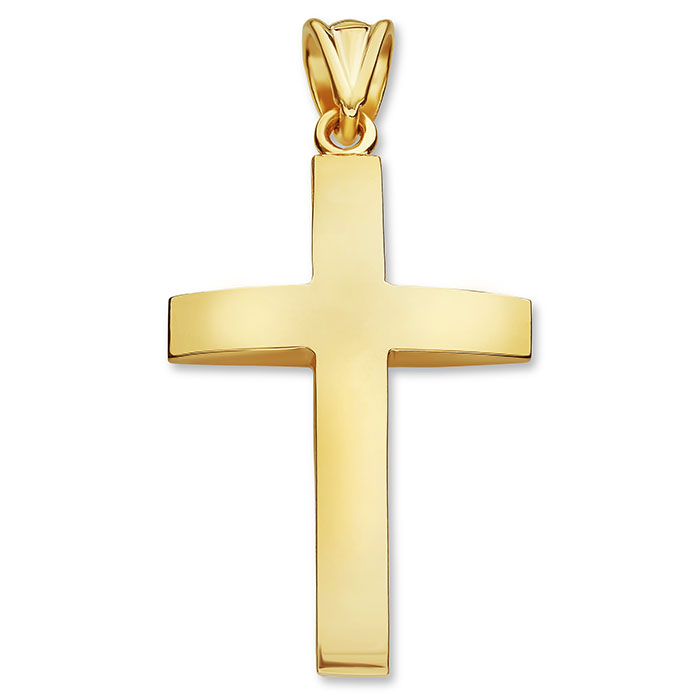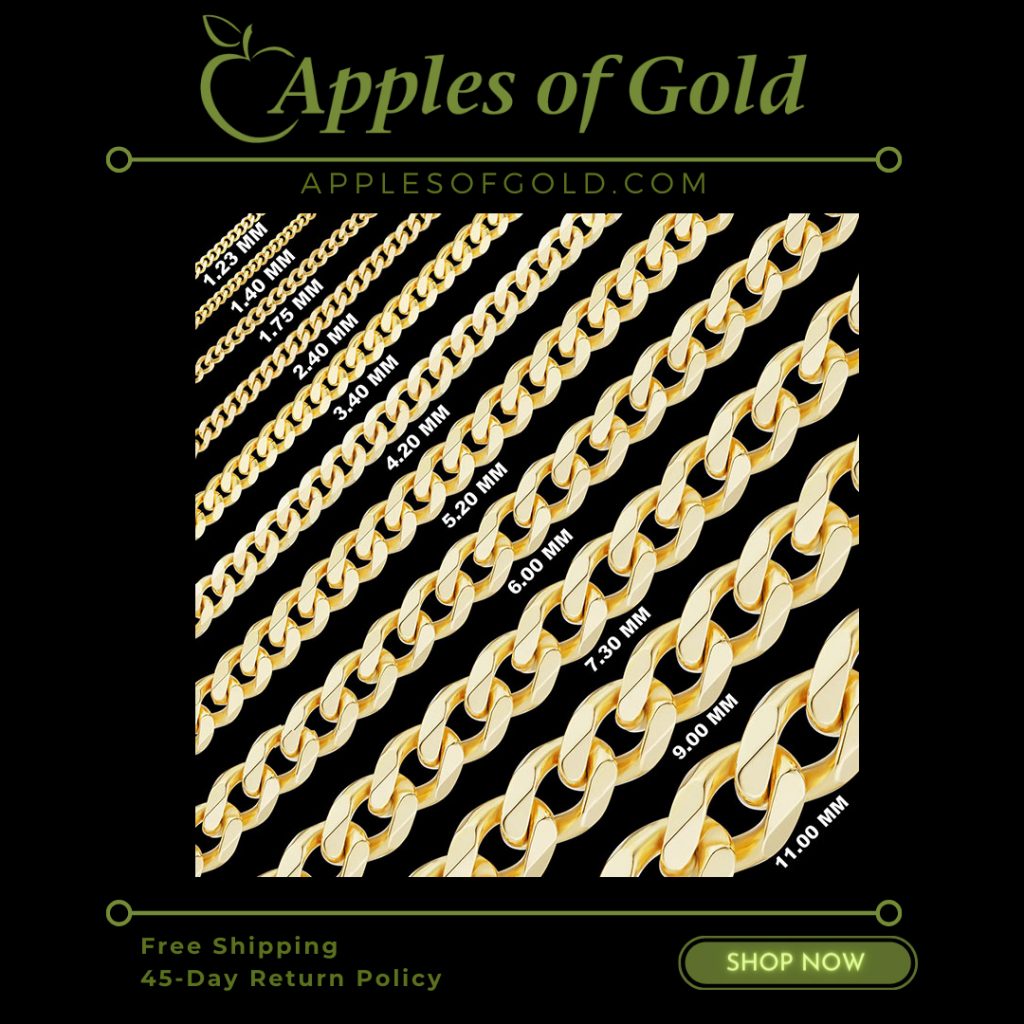Understanding the Difference between White Gold and Platinum Jewelry
Deciding between white gold and platinum? Personal choice, skin tone, durability, intended use, and current trends can influence the jewelry you purchase. Let’s weigh the pros and cons.
If you’ve already decided you enjoy the appearance of white precious metal over yellow, you still need to decide between metals, like Platinum or white gold. Questions to ask before buying jewelry: Is platinum more durable than gold? Which is the purer metal? Is a hypoallergenic metal important to you? Which metal affords more value for the money? Is platinum better than white gold?
Let’s go through the advantages and disadvantages and help you understand the difference between white gold and platinum jewelry to help determine which is the better option for you.
What is White Gold?
White gold is an alloy that is made of pure solid gold and durable balancing metals like zinc, nickel, and copper, which gives it strength and a brighter hue. 14K or 18K gold is commonly used to make white gold rings. 14 karat gold is 58.3% gold, whereas 18 karat gold is 75% pure gold.
What is Platinum?
Platinum is a naturally white metal usually used in jewelry in a virtually pure state, with the most common being 95% pure platinum (950 grade). Platinum is similar to white gold and will retain its appearance if adequately kept and cared for many years, making it a maintenance free jewelry metal vs. white gold, which may need to be rhodium-plated from time to time to retain its bright, white hue.
Pros and Cons of White Gold Jewelry
Following are some main advantages and disadvantages of white gold;
Benefits of White Gold jewelry
- Because white gold jewelry is exceptionally stunning and gives a timeless appeal for any style of setting, it is the most favored metal for wedding bands and engagement rings, including white gold wedding bands.
- Because of the lower price, many individuals prefer white gold to the similar-looking precious metal platinum, making it a great value that is affordable for most shoppers.
- Because white gold is less pricy than platinum and is one of the most popular metals for wedding bands, a greater array and selection of wedding bands are available in white gold vs. platinum, from white gold braided wedding bands to plain white gold wedding bands. While unique designs such as braided or woven rings are also available in platinum, the manufacturing process is more labor intensive, adding to the cost.
Disadvantages of White Gold jewelry
- While no jewelry is free of the possibility of ever getting scratched, white gold is a softer metal than platinum and slightly more prone to scratches. The good news is that gold and white gold can re-polished and rhodium plated to look brand new again for a very minimal jewelry repair or service fee.
- White gold is created by fusing gold, which is naturally yellow, with other alloys to get the desired white tint. Therefore, your wedding ring will become a pale yellow over time due to normal usage, if not re-rhodium plated. Most people do not mind and opt not to bother with re-rhodium plating and some even like the slight yellow tint which begins to reveal itself underneath the white hue over time. If you want to keep your white gold wedding ring white, you may want to get it Rhodium plated once it starts to show signs of yellowing. Apples of Gold Jewelry offers this service on rings purchased from us for a very minimal maintenance fee.
- The alloys used to make white gold may cause allergies in a small segment of the population who have base alloy allergies, particularly to nickel. If you have any of these skin sensitivities, platinum is a completely hypoallergenic metal, that would be better suited to those with mild to severe skin allergies.
Pros and Cons of Platinum Jewelry
The Following are some main advantages and disadvantages of choosing Platinum for jewelry, whether you are shopping for a platinum cross, a platinum engagement ring or wedding band.
Advantages of Platinum Jewelry
- People with sensitivity to base alloys like nickel or skin allergies to certain metals should opt for Platinum as virtually the most hypoallergenic metal in existence.
- Platinum jewelry is more valuable than gold.
- Platinum is highly robust and durable and suitable for everyday wearable jewelry.
- Platinum jewelry is maintenance free and will retain its color indefinitely without the need for rhodium plating. It is also very resistant to stress and can survive intense heat and cold.
- Platinum is naturally silver or white. In fact, white gold was originally invented as an alternative to platinum and called, “the poor man’s platinum.” As natural light reflects off a diamond or gemstone, the white silver tones highlight the stones and compliment one another.
Disadvantages of Platinum Jewelry
- The only real deterrent of platinum jewelry is cost. Even though it seems virtually identical to white gold, it is substantially costlier, due to purity and rarity. There are literally no other disadvantages to white, precious metal.
- This is not really a disadvantage, but platinum is heavier due to its purity and density. For most jewelry shoppers, this is a plus, but for some who may want a lightweighter ring, white gold is substantially lighter. Platinum tends to be about 60% heavier than gold. For most, this is an advantage not a disadvantage, but it is another factor to consider for those who prefer lighter weight jewelry vs. those who prefer more substance and weight.
Is White Gold or Platinum More Durable?
Platinum and white gold are hard precious metals that react differently to impact, pressure, and scratches.
Platinum is a highly dense metal that resists oxidation quite well. As a result, platinum engagement rings may be worn for decades without losing any of their thickness.
White Gold is innately robust and fine details have more durability than Platinum, despite its lower density. If a design includes hand engraving, milgrain or fine intricate designs white gold may be a better longterm option, although with today’s high-end and quality manufacturing processes, platinum designs have expanded greatly.
What is Rhodium-Plating?
Color is another distinguishing feature. White Gold is made by mixing pure gold (yellow) with alloying metals such as nickel or palladium. As a result, white gold is somewhat grey or off-white due to the yellow metal component. However, a surface treatment known as Rhodium plating can rectify this. Rhodium itself is very costly and has seen dramatic increases in price and is a platinum family of precious metals.
Rhodium plating is applying a thin layer of a metal precious rhodium to the surface of white gold to convert its color to a brighter white. This plating fades away over time and must be renewed during the jewelry’s lifetime, depending on the thickness of the rhodium applied as well as how much surface contact your jewelry sustains from use. However, if you take proper care of your jewelry, the plate can last up to three or more years, even with regular use, and longer with less use.
Rhodium-plating is not require when it comes to platinum jewelry because platinum has no yellow in it and is already naturally white.
Price and Value
The major factor to consider when deciding between white gold and platinum is the price. Platinum jewelry is often more expensive than White Gold jewelry. However, White Gold involves increased maintenance expenditures over time, whereas Platinum needs merely a simple polish over the years. The advantage of all jewelry of course is that it can be polished, re-plated, and re-finished to look brand new at any given point in time by a professional jeweler.
Do you see ring you you would like in either platinum or white gold? Apples of Gold Jewelry can make any of our rings in any metal of choice, even if not listed. Simply contact us for more details.
While platinum is the more expensive metal, the advantages are great, and you simply need to ask yourself if the added cost is justified over the long term. Platinum, the pure precious metal, has more value in every instance, justifying its higher cost. But white gold is relatively inexpensive, still a beautiful precious metal with a little required maintenance over time, if so desired. The choice is yours!
Related Posts
Jewelry Education, Jewelry Guide, Platinum Jewelry, White Gold Jewelry



